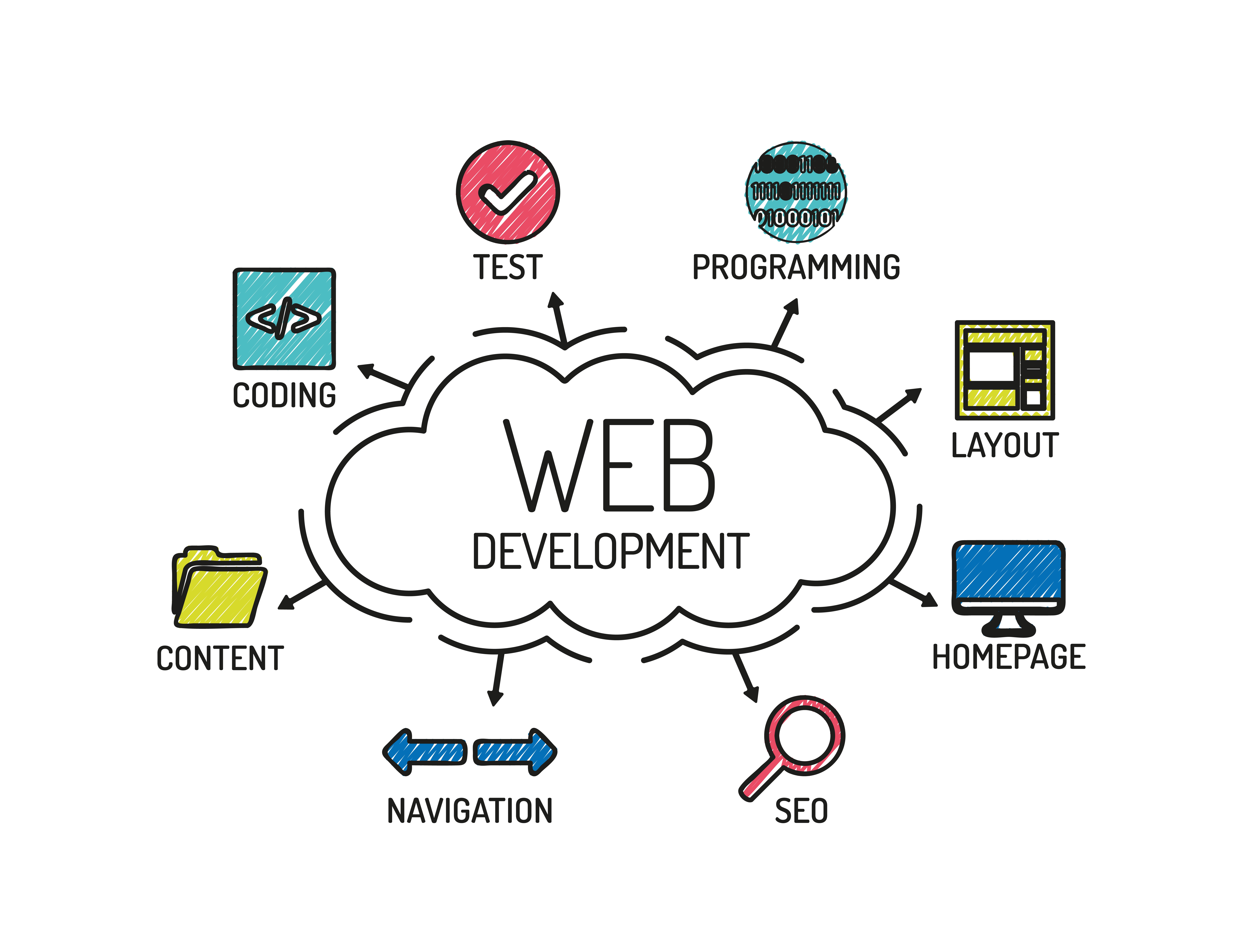 In the fast-paced world of the internet, trends come and go, but one thing remains constant: Developers relentlessly pursue new and improved tools to do their work better and faster, with fewer bugs. Developers depend on modern web development toolkits the same way carpenters or plumbers rely on what’s in their toolbags, and they tend to gravitate towards the newest ones in pursuit of more capability, better usability, and faster development cycles.
In the fast-paced world of the internet, trends come and go, but one thing remains constant: Developers relentlessly pursue new and improved tools to do their work better and faster, with fewer bugs. Developers depend on modern web development toolkits the same way carpenters or plumbers rely on what’s in their toolbags, and they tend to gravitate towards the newest ones in pursuit of more capability, better usability, and faster development cycles.
Here’s a brief rundown of what’s hot and what’s not (so much) in the world of modern web development toolkits:
On the Way Up (or Holding Steady)
- Chrome Developer Tools: This suite of tools is built right into the Chrome browser and helps developers edit and debug HTML, CSS, and JavaScript and see the results in real-time. Frequent updates from Google ensure this tool will remain on every web developer’s go-to list.
- Sublime Text: One of the more capable code editors on the market today, with lots of developer-friendly features and shortcuts. (The Atom text editor is another fan favorite.)
- jQuery: This JavaScript library is essential for any web developer. Its cross-platform nature hides much of the inconsistency between browsers, enabling the developer to focus on functionality and usability rather than tweaks for different browser environments.
- Pidoco: This is a design/prototyping tool that makes website wireframing and prototyping a breeze. Need your website or application to look good on multiple platforms (phones, tablets, laptops, desktops)? It’s a snap with this tool.
Trending Down (or Out)
- Notepad++: Still a highly capable text editor, still improving, and still free, Notepad++ has been supplanted somewhat by Sublime Text and Atom.
- Perl: Once the go-to language for all kinds of back-end scripting, Perl has largely bowed out of the web development scene, replaced by JavaScript and Python.
- Flash: Although Flash is still widely used in websites and is still regularly updated by Adobe, much of its functionality is now built into HTML5, and Flash has seen a slow but steady decline in the last few years.
- Dreamweaver: WYSIWYG HTML editors were never terribly popular among web developers, and although Dreamweaver was (and remains) among the most capable titles in this genre, serious developers prefer to work in source code, whether it’s HTML, JavaScript, or CSS.
Modern web development toolkits look different depending on the developer in question, and this is only a sampling of the wide range of offerings available. It also doesn’t touch on other popular tools, such as those for source control, CSS pre-processing, and front-end and web application frameworks. As the tools continue to evolve, and new website features and functionality are demanded, the developer’s standard toolbox will change. It’s all about making it easier for developers to deliver ever more fantastic solutions for web users everywhere.
















